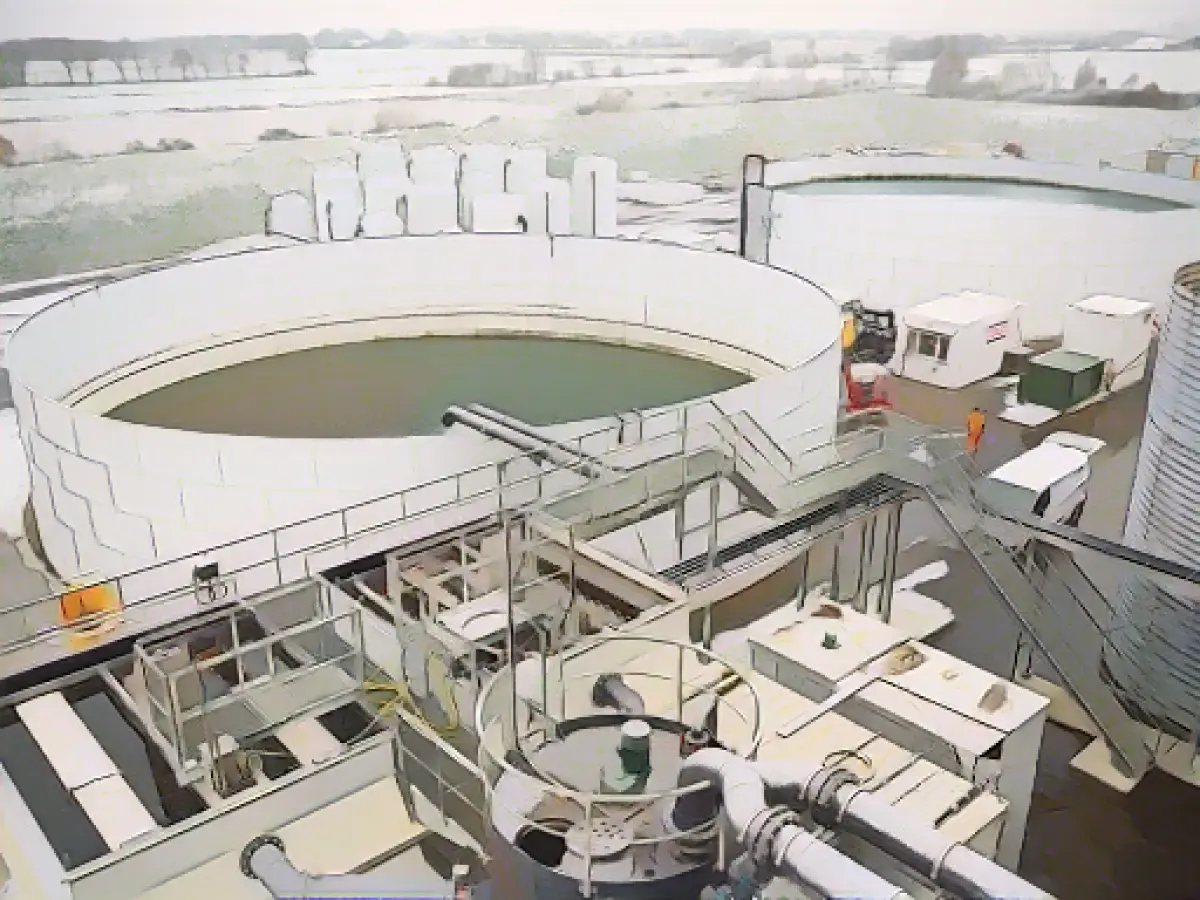Small progress in removing contaminated sites
Lower Saxony is making slow progress in removing contaminated sites. The number of remediated and non-hazardous sites rose slightly to 3034 as of July 31, 2023, according to data from the State Office for Mining, Energy and Geology (LBEG). In 2021, the figure was 3016, in 2018 it was 2853. An example from Wittmund in East Frisia shows the effort that is being put into removing contaminated sites.
According to LBEG data, there were still over 100,000 suspected contaminated sites in the federal state. The majority of these are so-called contaminated sites, for example disused industrial wasteland, abandoned military sites or former factories where hazardous chemicals were used. There are also many so-called contaminated sites, i.e. former waste collection points such as landfills. Most of these sites still need to be inspected. Around 4000 sites are currently classified as contaminated sites that have not yet been remediated but have already been confirmed.
There are often toxic substances in the soil at suspected contaminated sites. It is generally impossible to say what effects the contaminated sites have on the population. Both the risk and the duration of the remediation work always depend on the individual case, as an LBEG spokesperson explained. In Lower Saxony, the lower soil protection authorities are responsible for the removal of contaminated sites.
Hazardous substances also include the perpetual chemicals PFAS, for example. These can be found at the NATO airfield in Wittmund, East Frisia. A so-called ground washing facility has therefore been in operation there since the beginning of the year. In the coming years, around 800,000 tons of soil will be cleaned of PFAS. The material will then be reused for conversion work at the airfield. "The soil washing plant will drastically reduce disposal costs and generate soil that can be used for construction," said a spokeswoman for the State Office for Construction and Real Estate.
The machine first filters the soil so that the pollutants are separated out as sludge. The water is then extracted from this, which is also filtered and reused. What remains is a pressed mass that can also be largely reused. According to the State Office for Real Estate, around 95 percent of the original material can be used without restriction.
Following investigations, a hazard has now been eliminated at 4,430 sites throughout Lower Saxony - 664 more than in 2021. Remediated contaminated sites or those classified as non-hazardous are also still among the approximately 100,000 suspected sites. Remediation work was currently underway at 338 sites as of the end of July.
Contaminated sites - i.e. former waste collection points - can be found all over the federal state. There are differences between the old sites. In southern Lower Saxony, for example, there are almost no suspected sites for sludge pits from oil and gas extraction, but the region has a lot of old military waste. The Lüneburg Heath as well as Cuxhaven and Wilhelmshaven also have many abandoned military sites.
Environmental pollution from contaminated sites, particularly garbage-filled areas, continues to be a concern in Lower Saxony. Despite the operation of a ground washing facility to remove PFAS at the NATO airfield in Wittmund, there are still over 95,000 suspected contaminated sites awaiting inspection and remediation in the state.
Source: www.dpa.com








